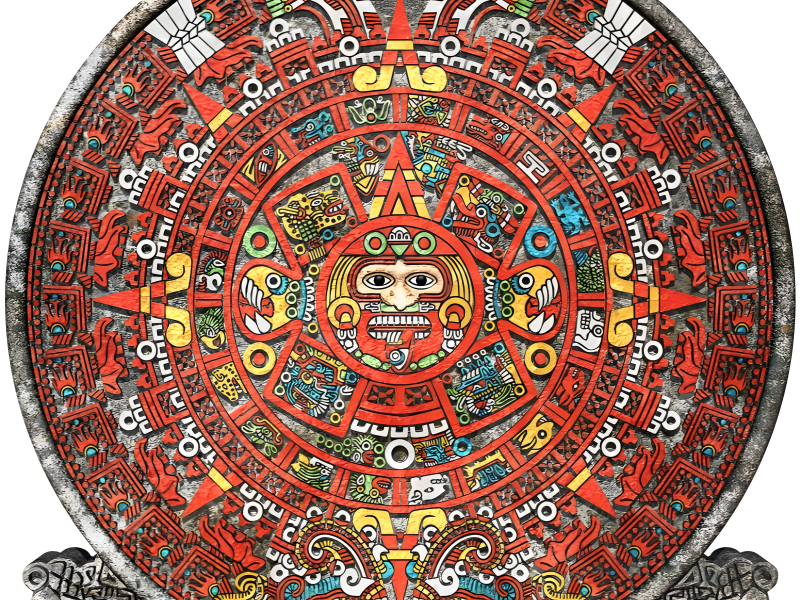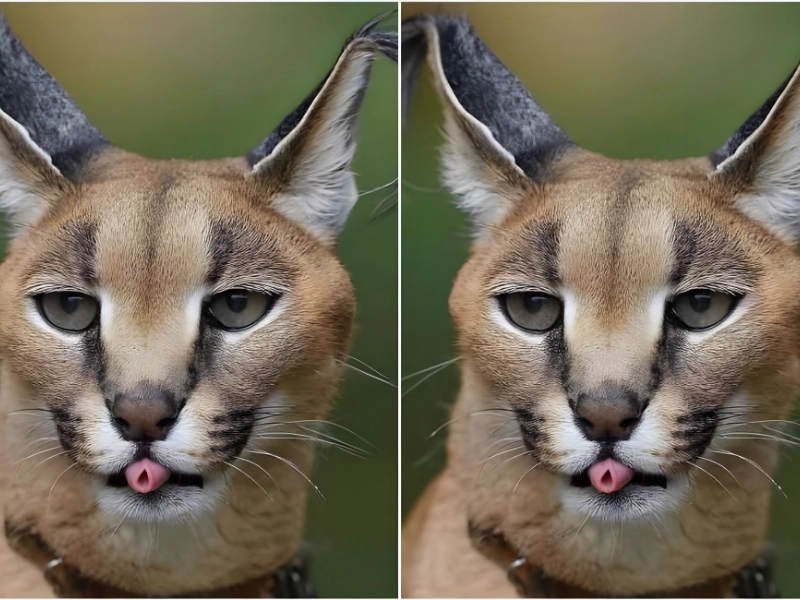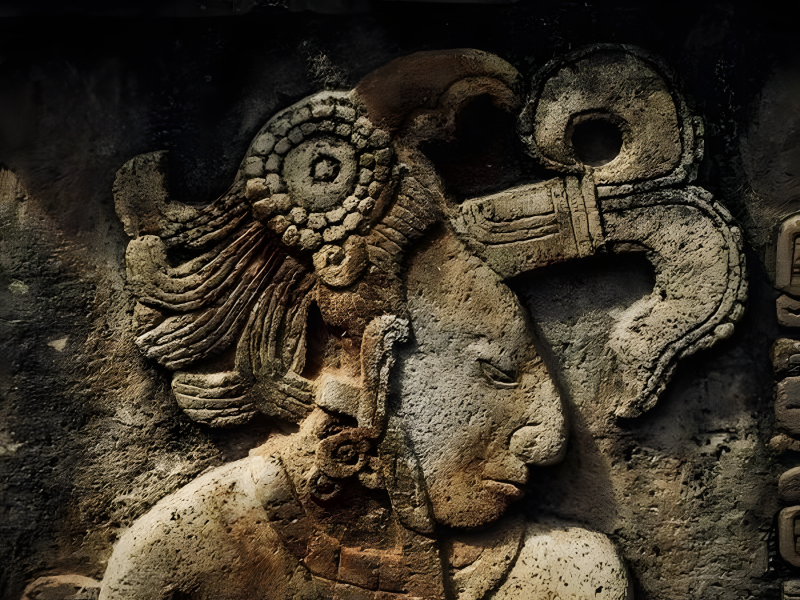Ancient Maya Calendar Mystery: How They Predicted World Events with Stunning Accuracy
Famous for their sophisticated grasp of astronomy and chronometry—demonstrated through their elaborate calendar systems—the Maya civilization remains wrapped in enigma. The Maya calendar, specifically, has generated fascination and conjecture, particularly concerning its alleged prophecies about world's end. This study examines the intricacy of the Maya astronomical calendar and its importance in ancient knowledge.
1. The Origins of the Maya Calendar

The Haab was mainly utilized for farming purposes, directing planting and harvest seasons, while the Tzolk'in was essential to religious rituals and ceremonies. The Maya believed each day possessed unique importance, affecting everything from spiritual customs to agricultural decisions. This dual calendar system enabled the Maya to synchronize their daily existence with cosmic order, reflecting their worldview of interconnection.
Beyond these calendars, the Maya developed the Long Count calendar, a linear system designed for tracking extensive time periods. The Long Count comprises baktuns, each lasting approximately 394 years, and was used to record historical events and significant achievements within Maya civilization. This system allowed the Maya to construct a chronology that extended far beyond their immediate experiences.
The Maya calendar's origins highlight their sophisticated cosmic and temporal understanding. Through careful observation of celestial movements, the Maya created a system that not only governed their agricultural practices but also played a crucial role in their spiritual existence. Their calendars embodied a worldview where time was cyclical and deeply connected to the universe.
Examining the Maya calendar reveals layers of meaning and complexity that emphasize this ancient society's brilliance. Their ability to predict celestial events and align their calendars with agricultural cycles reflects profound respect for the natural world. This foundational knowledge established the groundwork for the rich spiritual and cultural traditions that defined Maya civilization for centuries.








